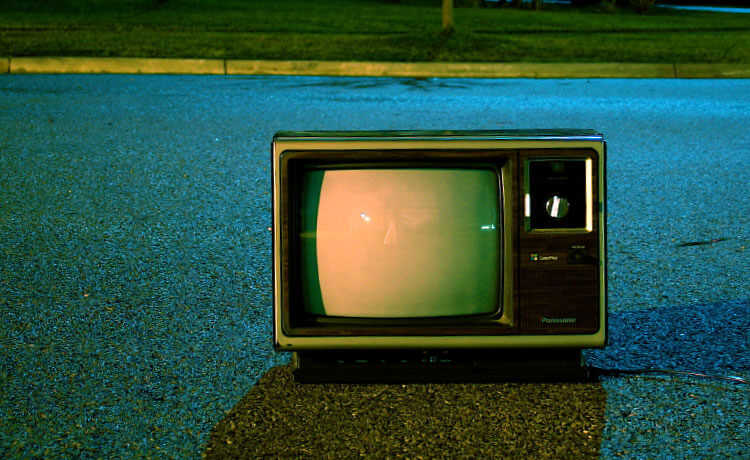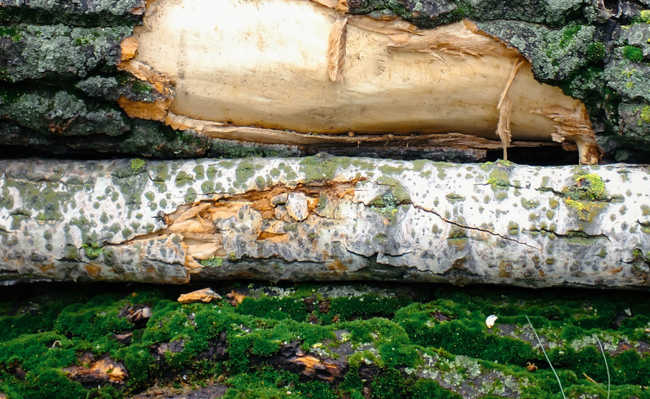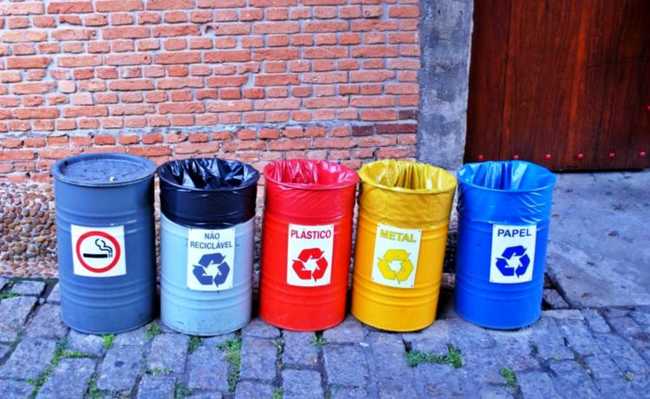Tube television is a problem at disposal
Heavy metals present in the cathode ray tube make recycling difficult


The arrival of new plasma, LED and LCD televisions, models that are modern, also brought a problem: the disposal of old televisions, which emerged in 1923, better known as tube televisions.
The word tube, which many people believe has this name due only to the elongated shape of the television tube, actually refers to the acronym CRT (Cathode Ray Tube), which in Portuguese means Cathodic Ray Tube. It is in this component, which can also be called a kinescope, that the image formation process of old televisions takes place, through the application of a magnetic force that is formed from a high voltage of several thousand volts.
Tube televisions are a problem at the time of disposal, mainly due to the materials that make up the CRT, which can cause serious damage to the environment and, consequently, to human health.
Toxic components and damage to health
Barium
Although it occurs naturally in the soil, in high levels it can cause toxicity to several organisms. In humans, it can cause severe gastrointestinal inflammation, respiratory muscle paralysis, cardiac arrhythmia, paresthesia, profound hypokalemia, among other diseases.
Cadmium
On the other hand, unlike barium, cadmium, in low concentrations, is already capable of causing toxicity to organisms. In humans it can cause lung and prostate cancer, anemia and osteoporosis.
arsenic
Like barium, arsenic occurs naturally in rocks, however, if it contaminates the soil and groundwater in high concentrations, it can lead to various diseases through the ingestion of contaminated water and food, causing conjunctivitis, hyperkeratosis, hyperpigmentation, cardiovascular diseases , disorders of the central nervous and peripheral vascular system, skin cancer and gangrene in the limbs.
Lead
Worst of all, mainly because it is found in larger quantities (about 1-4 Kg per device), toxic to humans and animals, and without any known physiological function in the body, it can affect all organs and systems of the human body. (learn more about lead: applications, risks and prevention).
discard
This technology that was once an innovation at some point in our history has now become obsolete. And now? How can we discard this kind of material?
Fortunately it is possible to partially recycle tube TV, especially certain plastic components and metal parts. However, the CRT itself needs thorough decontamination in order to be reused in other products, which makes the process expensive.
In the ideal recycling process, after collecting the obsolete material, the equipment undergoes a screening that will determine whether the device is in working order, and, if it is working, it will be taken to digital inclusion projects in communities and schools.
Cabinet parts and internal parts are separated and packed in specific containers. To separate the panel a wire is electrically heated around the joint that joins the panel and the CRT component funnel. However, this process takes time and imperfections can occur. In Japan, Panasonic developed a laser technology that made the process three times faster than this electrically heated wire method.
The lead-containing glass hopper can go to lead smelter, which will use a thermal process to recover the metal. However, to get to that process, a tube television minimally needs to be disposed of correctly. And that's where our role as responsible consumers needs to play.
where to recycle
With the entry into force of the National Solid Waste Policy (PNRS), manufacturers and retailers will be obliged to take back their old appliances. For now, recycling tube TV is still not that simple a task, as some places that offer the service do not go to the consumer's house to pick up the product and, even if the price is small, they charge for the service.










